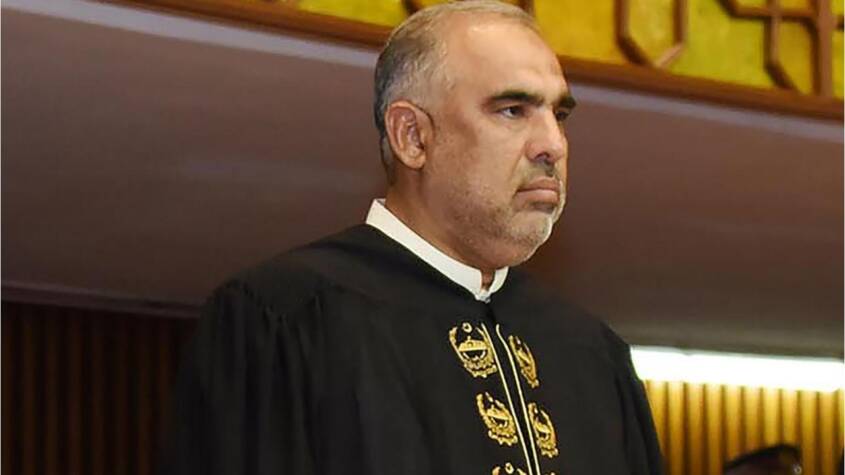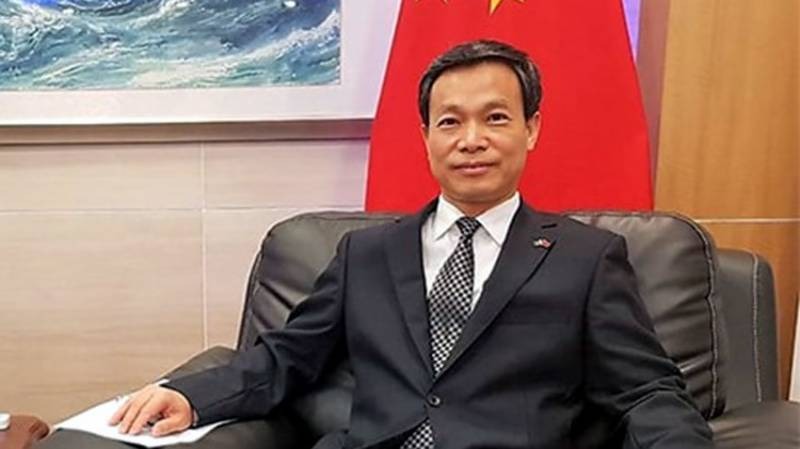Restored ‘Yunxian Man’ Fossils unveiled in Hubei Museum as the human skulls were reconstructed into accurate models using technology.
The Hubei Provincial Museum in central China unveiled restored models of two fossilized human skulls, estimated to be one million years old, on Thursday.
The ancient skull fossils were discovered in Hubei Province during excavations in 1989 and 1990. In 1994, the renowned paleoanthropologist Jia Lanpo named them “Yunxian Man” after the location where they were found.
Studies identified the fossils as belonging to Homo erectus, dating back approximately one million years. The remains are believed to have come from a male and a female, aged between 25 and 45 years.
The brain capacities of the skulls were measured at 1,094 milliliters and 1,152 milliliters, respectively.
Experts from various institutions, including the Hubei Provincial Museum, Shanxi University, and the Chinese Academy of Sciences, utilized advanced industrial scanners to reconstruct accurate models of the skulls.
Using techniques such as sculpture, painting, and computer imaging, researchers recreated detailed facial features, including eyes, noses, mouths, ears, skin, and hair.
Moreover, the “Yunxian Man” fossils are the most intact human skulls from their era found in Eurasia, offering crucial insights into the evolution of Homo erectus in East Asia, as reported by Science and Technology Daily.
Related Posts

















